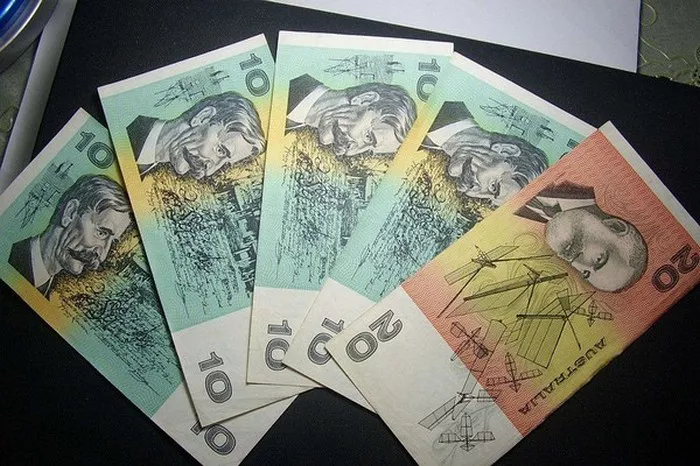The Australian dollar has been struggling to maintain its value in recent years, with many factors contributing to its weakness. From global economic conditions to domestic policies and market fluctuations, several factors have influenced the Australian dollar’s valuation. In this article, we will explore why the Australian dollar is so weak and what it means for the country’s economy.
Global Economic Factors
One of the most significant factors contributing to the Australian dollar’s weakness is global economic conditions. The Australian economy heavily relies on international trade, particularly with China, which accounts for over a third of Australia’s exports. The ongoing trade tensions between the US and China have weighed on the global economy, impacting demand for commodities and reducing export revenues for countries like Australia.
Additionally, the COVID-19 pandemic has significantly impacted global economic conditions, leading to a decrease in demand for commodities such as iron ore, coal, and natural gas. This decrease in demand has resulted in lower prices for these resources, reducing the revenue generated from exports and adding pressure to the Australian dollar’s value.
Domestic Policies
Another factor that contributes to the Australian dollar’s weakness is domestic policies implemented by the government and central bank. The Reserve Bank of Australia (RBA) has kept interest rates at historic lows to stimulate economic growth and inflation, which can also weaken the currency’s value. Additionally, the RBA has engaged in quantitative easing measures, increasing the supply of money in the economy, further putting downward pressure on the Australian dollar’s value.
Australia’s foreign debt levels are another concern, with the country’s net foreign liability position increasing in recent years. A higher level of foreign debt means that investors may be less willing to invest in Australian assets, leading to a weaker dollar.
Market Fluctuations
Market fluctuations can also impact the Australian dollar’s value. Currency markets are highly volatile, and changes in investor sentiment can cause significant fluctuations in exchange rates. For example, the uncertainty caused by Brexit led to a drop in the value of the British pound, and the same could happen with other currencies, including the Australian dollar.
Additionally, changes in commodity prices can impact the Australian dollar’s value, as commodities make up a significant proportion of the country’s exports. A drop in prices for these commodities can lead to reduced export revenues and a weaker currency.
What Does a Weak Australian Dollar Mean?
A weak Australian dollar can have both positive and negative impacts on the economy. On the positive side, a weaker currency can make Australian goods and services more competitive on the global market, potentially increasing demand for exports. This increased demand can help boost economic growth and create jobs in export industries that rely heavily on foreign markets.
However, a weak Australian dollar also means that imports become more expensive, leading to higher inflation and reduced purchasing power for consumers. Additionally, it may deter foreign investors from investing in Australian assets, leading to a reduction in capital inflows and potential economic growth.
What Can Be Done?
To address the issue of a weak Australian dollar, policymakers have several options. The RBA could increase interest rates to stimulate demand for the currency, or engage in policies to reduce the level of foreign debt. However, increasing interest rates could lead to higher borrowing costs for households and businesses, potentially slowing economic growth.
Another option is to diversify Australia’s export markets, reducing reliance on China for exports. This could involve expanding trade with other countries, such as India or Indonesia, or diversifying exports into new products or industries.
Conclusion
In conclusion, there are several factors contributing to the weakness of the Australian dollar, including global economic conditions, domestic policies, and market fluctuations. While a weaker currency can have both positive and negative impacts on the economy, policymakers must consider ways to address this issue while balancing the potential risks and benefits of their actions. As Australia looks towards its economic recovery post-COVID-19, it will be essential to find ways to support the currency’s value and ensure economic growth for the country.


